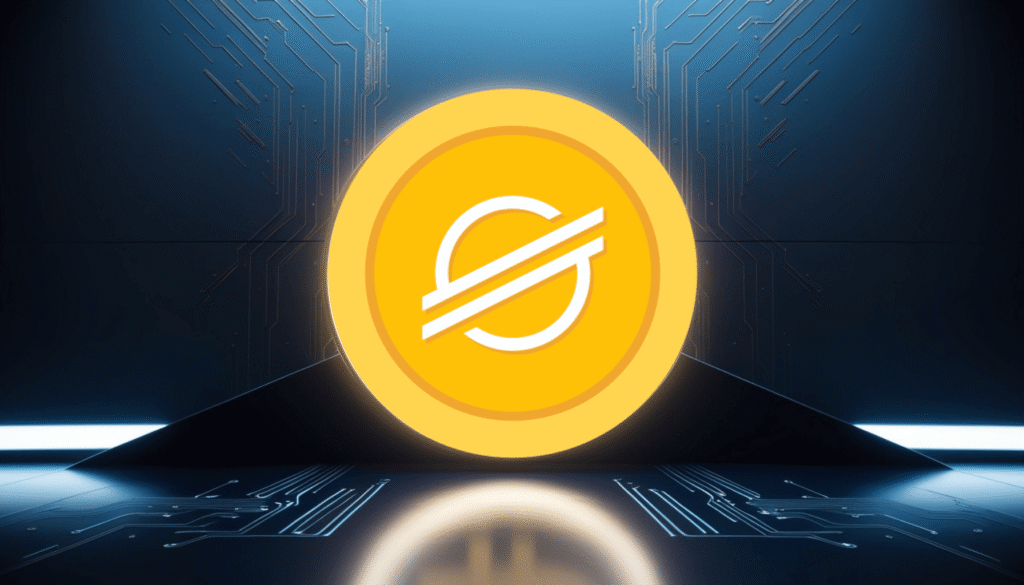Stellar (XLM), often discussed in the context of cross-border payments, offers a fascinating case study in pragmatic blockchain architecture. Its approach to consensus and asset tokenization provides valuable lessons for the broader field of blockchain development, particularly for projects aiming to bridge the gap between traditional finance and the digital asset economy.
One of Stellar’s most defining features is its Stellar Consensus Protocol (SCP). Unlike the more energy-intensive Proof-of-Work (PoW) mechanisms or even some variations of Proof-of-Stake (PoS), SCP employs a federated Byzantine agreement system. This model, while perhaps less “purely” decentralized in the eyes of some maximalists, offers significant advantages in terms of speed and cost.
- Rapid transaction finality: Transactions on the Stellar network typically confirm in around 5 seconds. This is a crucial factor for its primary use case – payments. In a world accustomed to instant digital interactions, lengthy confirmation times are a major barrier to adoption.
- Low transaction costs: The efficiency of SCP translates directly into minimal transaction fees. This makes micropayments and high-volume transaction scenarios economically viable, opening doors for financial inclusion and new business models.
- Scalability through Quorum Slices: SCP achieves consensus through overlapping sets of trusted nodes (“quorum slices”). This design allows the network to scale without the bottlenecks often seen in systems requiring global consensus among all participants for every transaction. This nuanced approach to trust and consensus is a key takeaway for blockchain development projects grappling with the scalability trilemma.
Beyond its consensus mechanism, Stellar’s built-in features for asset tokenization and its decentralized exchange (SDEX) highlight a focus on utility. The ability to easily create representations of real-world assets or issue new digital tokens directly on the platform streamlines processes that can be cumbersome and expensive on other blockchains.
- Simplified asset issuance: Stellar makes it relatively straightforward for businesses and organizations to issue their own tokens, whether these represent fiat currencies (like stablecoins), commodities, or other forms of value. This democratizes access to tokenization technology.
- Integrated decentralized exchange: The SDEX allows for direct peer-to-peer trading of any asset issued on the Stellar network. This creates a liquid and accessible marketplace, fostering innovation and reducing reliance on centralized intermediaries.
- Path payments: A particularly innovative feature is “Path Payments,” which allows users to send one currency and have the recipient receive another, with the network automatically finding the best conversion path through available offers on the SDEX. This is a powerful tool for frictionless cross-currency transactions.
While Stellar may not always grab the headlines in the same way as some other platforms, its deliberate design choices focused on speed, low cost, and practical financial tools offer a compelling vision for the future. For those involved in blockchain development, particularly in the fintech space, Stellar provides a valuable example of how to build a network optimized for real-world adoption and impact, rather than purely for ideological adherence. Its pragmatic approach to decentralization and its robust feature set for financial applications make it a significant, if sometimes overlooked, player in the ongoing evolution of financial technology.
